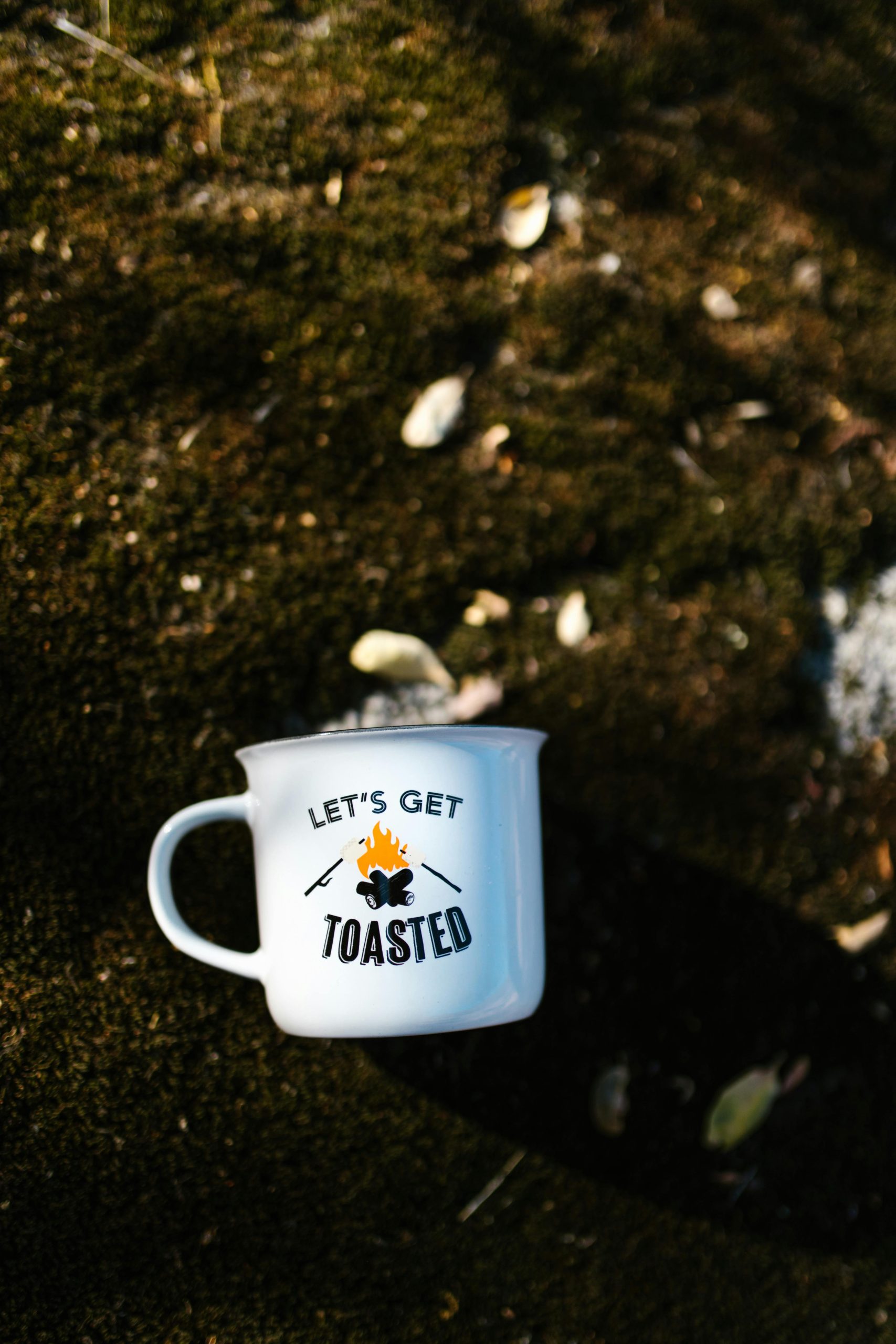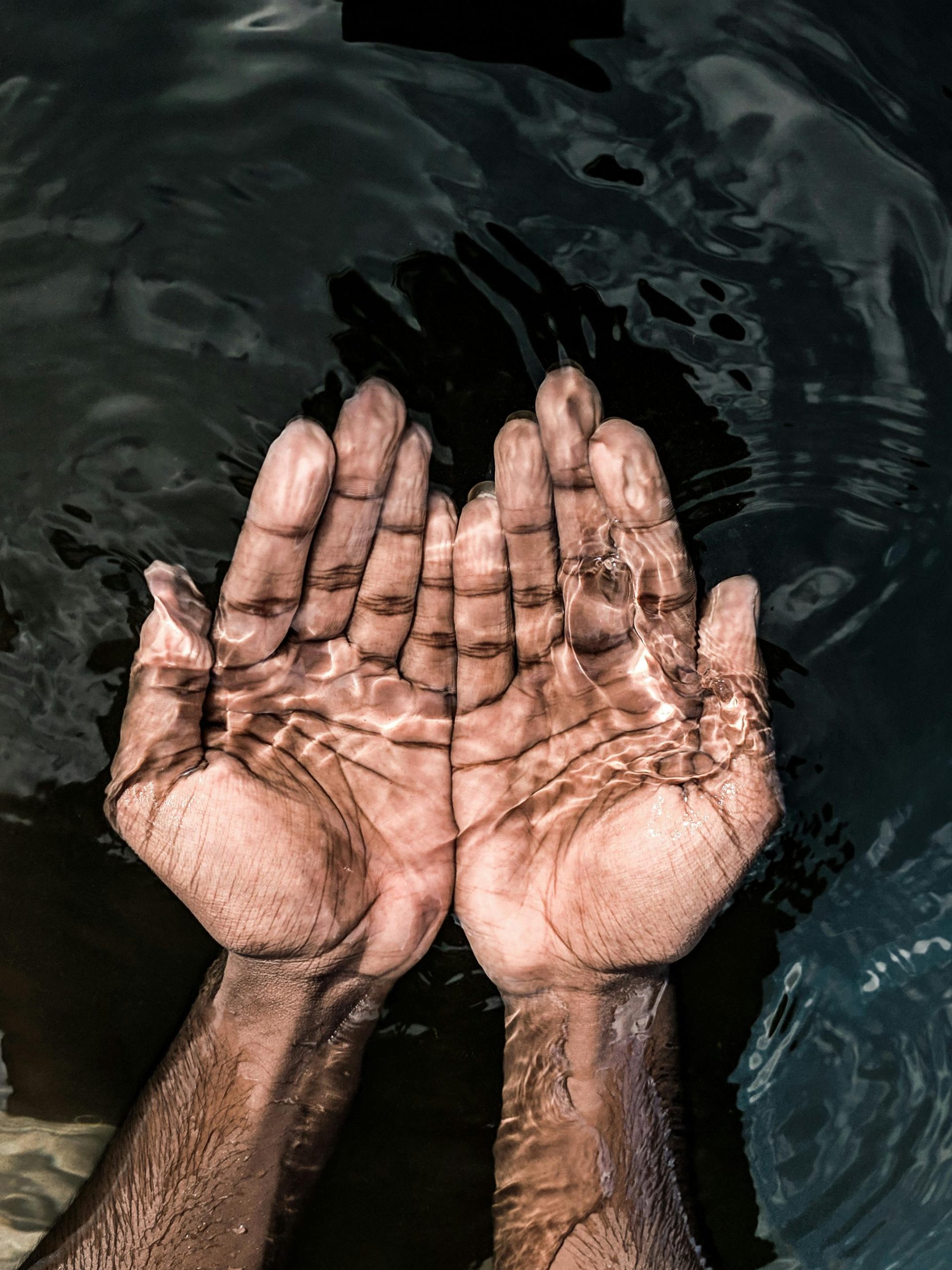There are several approaches people commonly use for personal hygiene after using the toilet, depending on personal preference, cultural practices, and the tools available. Here are a few methods:
Toilet Paper: The most common method in many Western countries, where individuals use tissue paper to wipe. Technique varies, with some folding the paper while others crumple it. It’s often recommended to wipe from front to back to avoid infections, especially for females.
Wet Wipes: Some people prefer using pre-moistened wipes for a more thorough, refreshing clean. These wipes are similar to baby wipes but designed for adult use. It’s important to ensure they are labeled as flushable if disposing of them in the toilet, although it’s better to dispose of them in the trash to avoid plumbing issues.
Bidet Attachments/Handheld Sprayers: Common in many countries, a bidet attachment or a handheld sprayer can be used to wash the area with water. This method is often seen as more hygienic, reducing irritation and environmental waste associated with toilet paper.
Bidet Toilets: Some modern toilets come with built-in bidet functions, including adjustable water pressure and temperature settings, allowing users to clean effectively with water.
Water Jug or Cup (Lotah): In some cultures, a jug or cup filled with water is used in conjunction with the left hand to clean oneself, followed by drying with toilet paper or a towel.
Air Drying: Additional features in some bathrooms include an air-drying function after using water to cleanse, which reduces need for drying with paper or cloth.
Ultimately, the method chosen can depend on personal comfort, cultural habits, and what’s practically available in the bathroom. Each method has its pros and cons in terms of hygiene, environmental impact, and convenience.



